A Box of Fun Things
Out of all the things to be paired with cutting-edge technology, that last thing imagined had to be cardboard. Yet here it is, making education better.
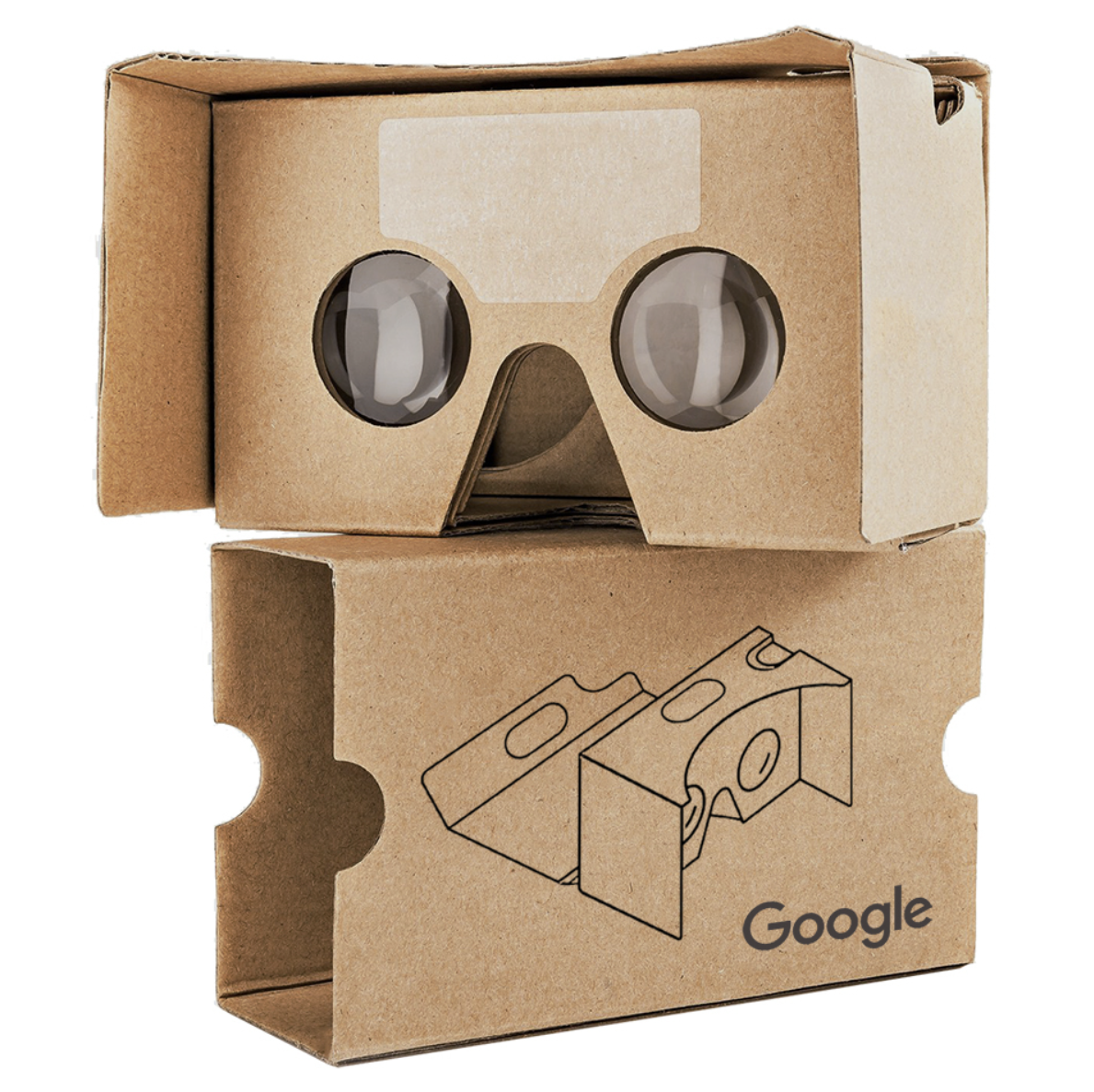
In 2021 smartphones have almost become as common as cardboard has; Google was smart enough to combine the two into an intuitive and enjoyable experience for anyone who tries it. While it is a form of entertainment, this VR, virtual reality, the experience can be a vital tool in the classroom when paired with programs like Google Earth VR.
VR is such a unique experience because the user becomes a part of whatever setting they choose, allowing for someone to get into an intense battle on the ground, swim with fish in an ocean, walk through a haunted house, play a sport; the possibilities are limitless, well for those who can afford it. VR headsets are not cheap, usually ranging from $200+. If they are so expensive, how can they be used in the classroom? Google has the answer, its Cardboard platform, which uses literal cardboard or other cheap materials to create a viewing lense similar to one high tech companies have like iTechArt (New York, USA) or Oculus VR (California, USA). This means the price drops almost 100% to something affordable for say, a whole classroom full of students.
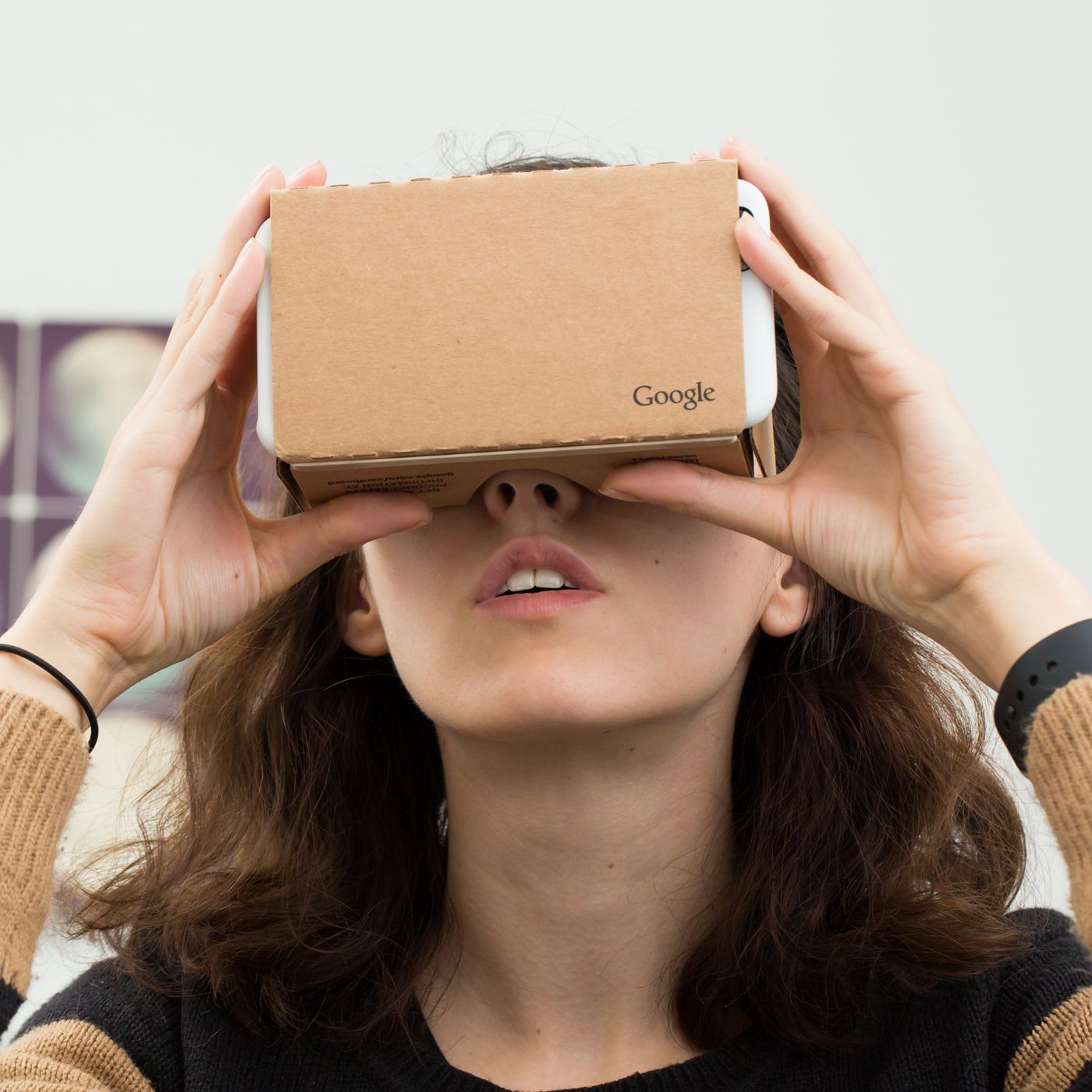
As a soon-to-be social studies educator, it is my job to educate my students on the entire world around them, not just their local community. While these students may never travel outside their state, Google Earth VR allows them to travel any way they want to anywhere they choose. Walk, fly, teleport; however students choose to get somewhere, they are able to immerse themselves wherever they go, which is essential when framing a history or geography lesson. Google Cardboard really helps students with geography because they are able to use their smartphone and virtually walk around anywhere they want, which is way more helpful than staring at a map.
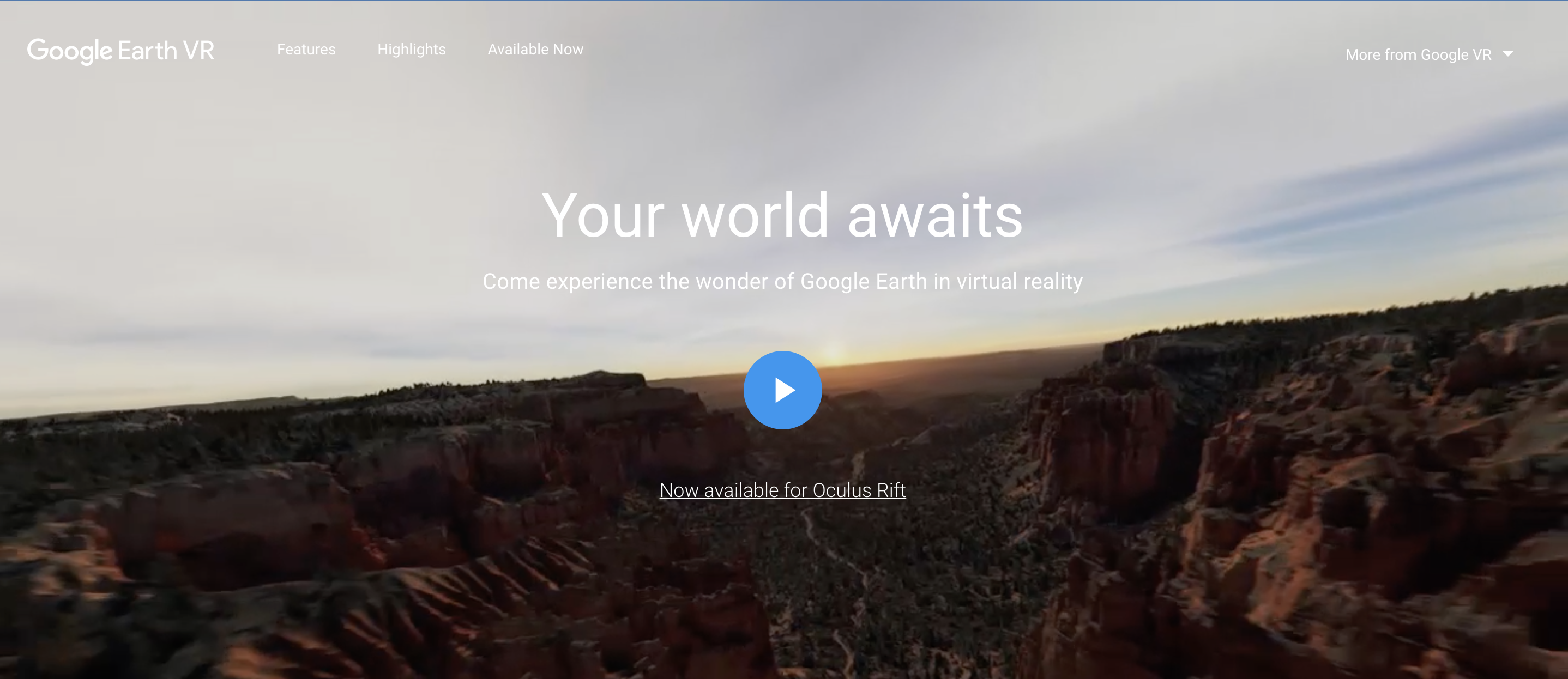
What are you waiting for?
There’s a whole world out there to explore.
Get folding!
Out of Eden & Into the Classroom
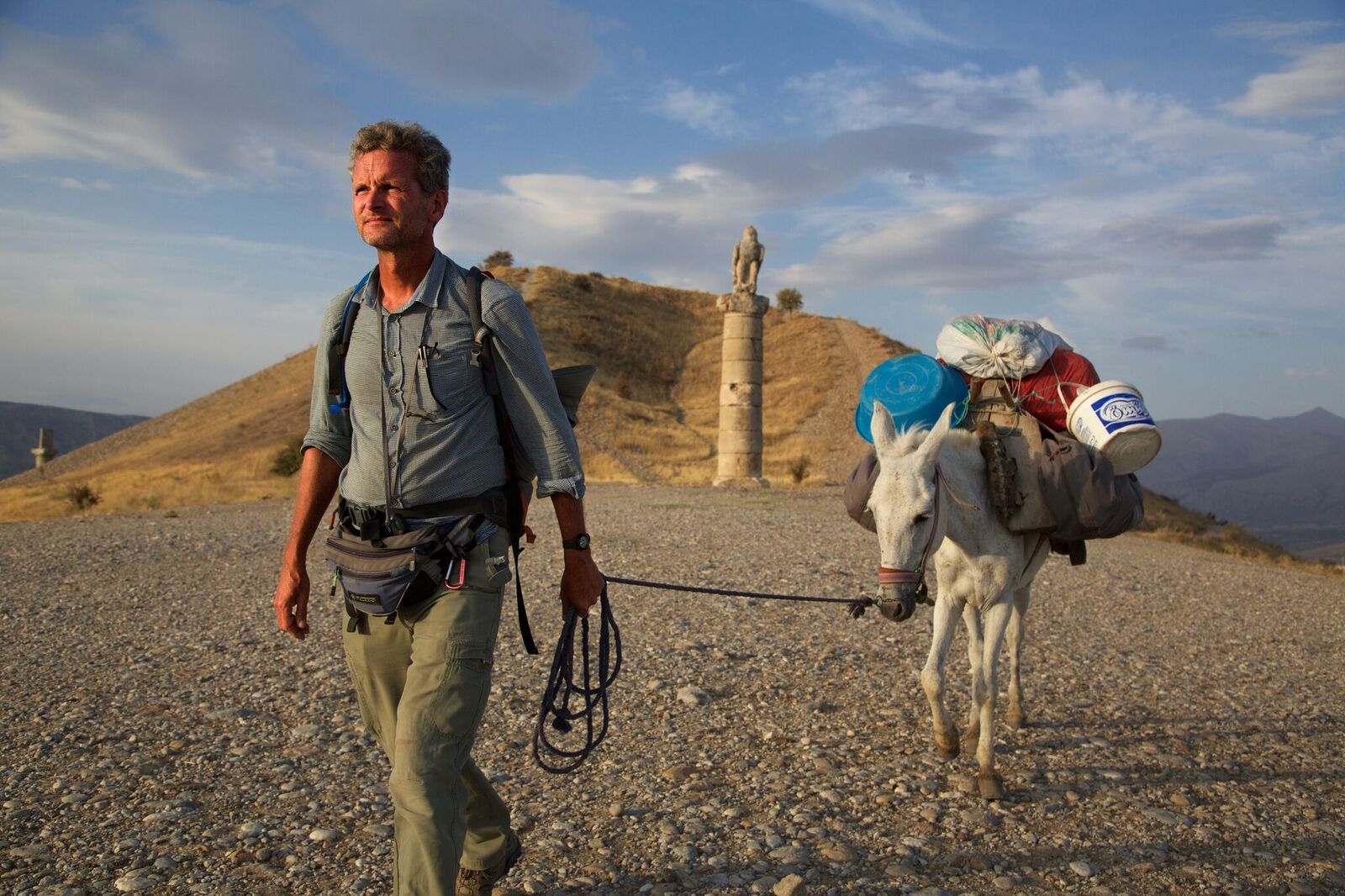
Before visiting this website, I had never heard of the Out of Eden Walk, and I am honestly surprised considering how much of a feat this is. A modern day Odysseus, Paul Salopek is currently on a 24,000-mile odyssey from Africa to the southern tip of South America. It is special because he is following the path our ancestors made as they migrated across the Earth. Along the way he is covering the major stories he encounters from the eyes of the people I didn’t even know existed. From climate change to technological innovation, from mass migration to cultural survival, Salopek is giving voice to the people who inhabit the places he is journeying through every day.
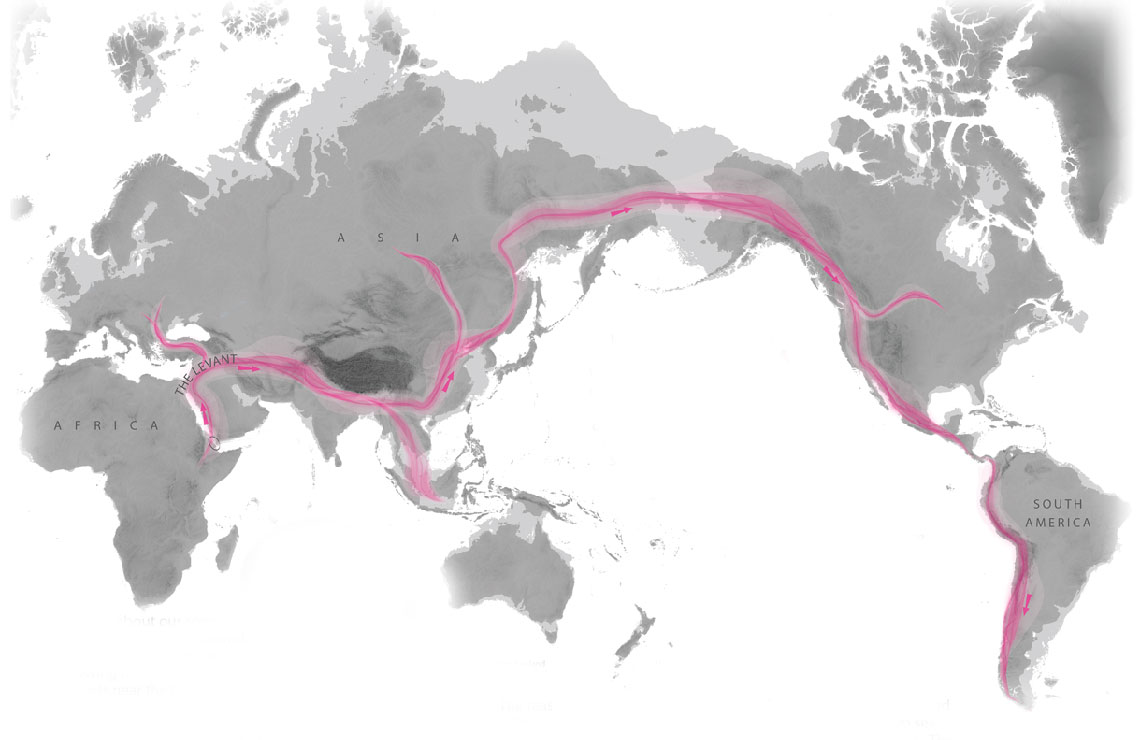
Walking for several years now, Salopek has obviously been to many places. Alongside gaining popularity for this odyssey, he has also inspired educators across the world to teach globally. As a future teacher, I am going to have the task of teaching students about the world ahead of them, and that means more than just learning about their city, state, or even country- it is about teaching that the world is way larger and has so much more to offer than what is on TV or in the news. So much of today’s society is based upon quickness and cheapness, rather than time and quality. Paul Salopek can simply visit big named places in each of the countries he visits and be done in a few months. Instead, he is emphasizing the slowness of it, which really brings meaning to his work and allows for those genuine human interactions. In this blog post, I am going to talk about a few of the place’s Paul has been to.
The first stop for us is the most recent one for Paul: The Gaoligong Mountains, in Yunnan, China.
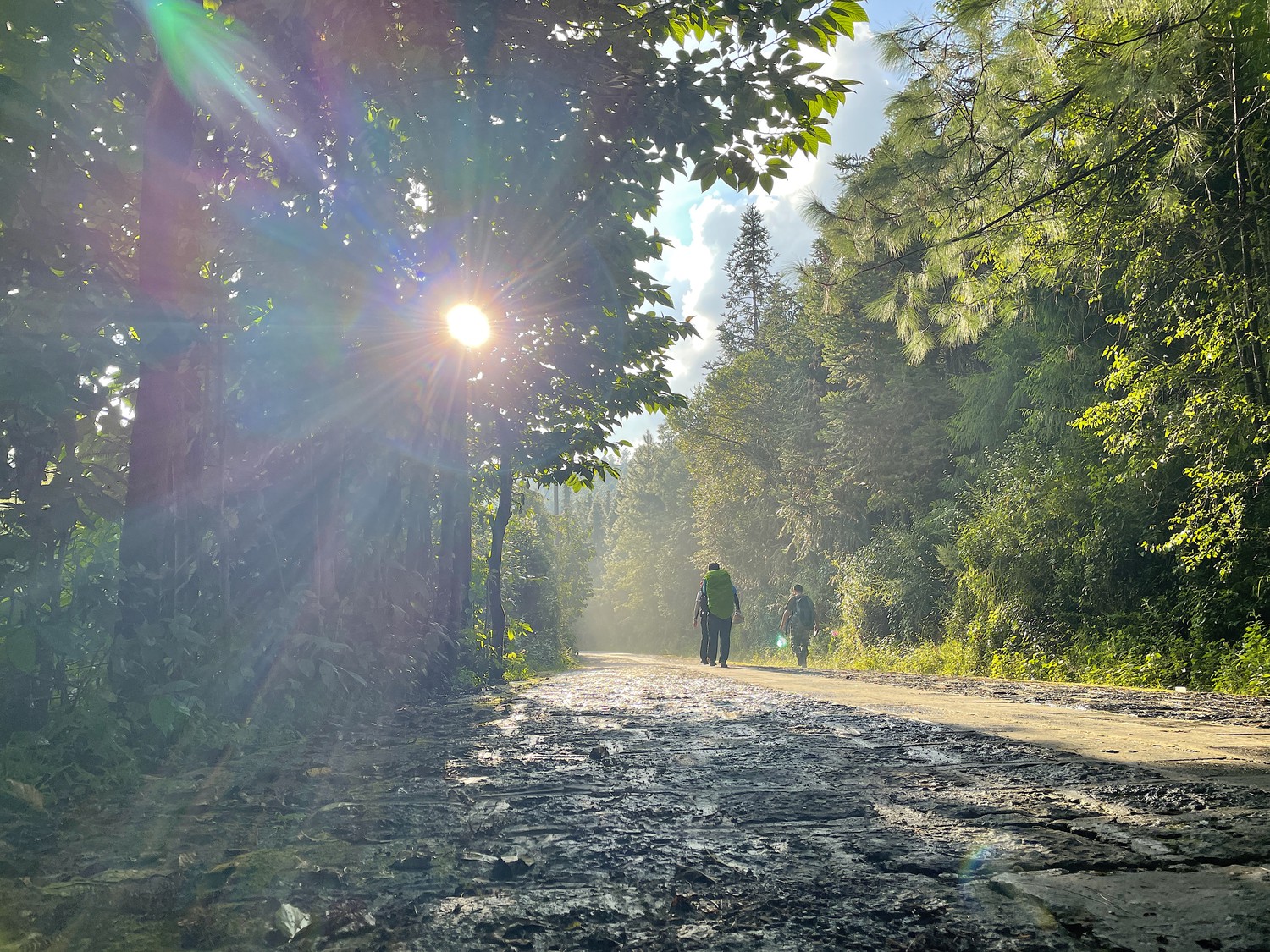
According to Salopek, around 5,000 species of plants, around 700 species of animals, and 1,690 different insects find refuge in the mountain range. One of his guides says the forest floor was so covered with salamanders, the only way he could leave the forest was by walking through creeks. These places are untouched by technology and because of that are often overlooked. That is no problem for those who inhabit areas near the mountain range, in fact, they prefer it. An administrator of the mountain range spoke with Paul and explained there is a saying that goes, “You cut my trees? I cut your hands”. They are very passionate people and have the utmost respect for nature, something that we should all learn from and admire. Yang Xue Liu is a 74 year old man Paul encounters in a village in the mountain range. He sells medicinal herbs and each one has its own purpose. He explains that if people knew plants, they would use them and that is something very important in a science classroom. A teacher could give a whole lesson on plants or nuts that are safe to eat, which can help students learn how to use the environment around them and not always rely on processed food.
The next stop is a step back into time for Paul, but a new future for me and those alike who have no idea a place, named Baku, Azerbaijan, exists.
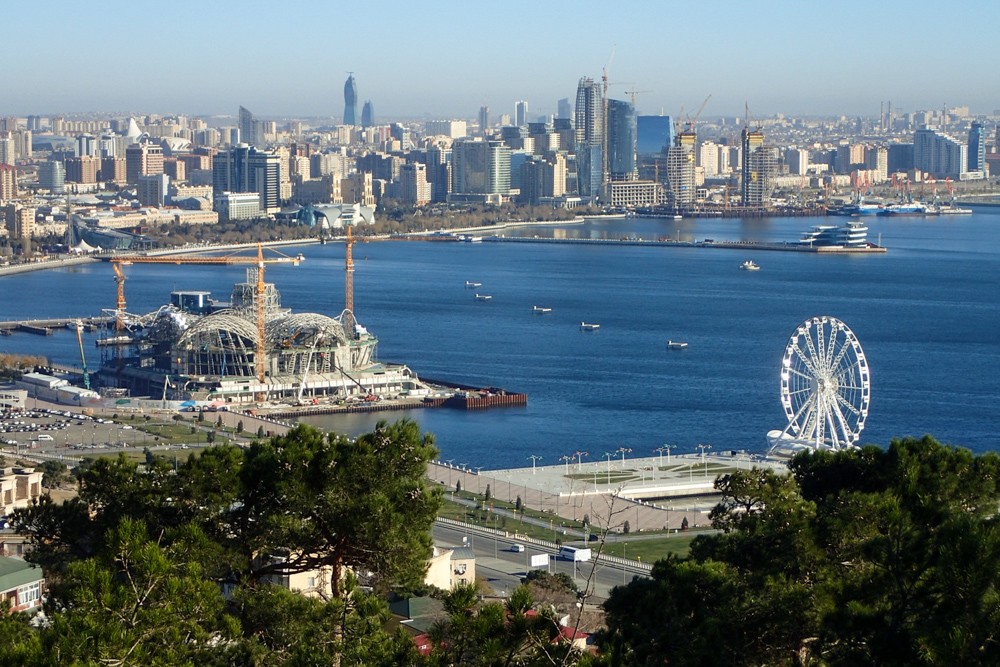
Baku is home to many different empirical influences, from Russian to Persian, Ottoman (Turkish), and even British. It is also home to apparently the world’s largest KFC: a fact I did not ask for, yet did not know I needed to hear. This city has a reputation for taking in widely different influencers and somehow manages to create its own spin on it. This kind of city would be great for a social studies or history class, as it is proof that we live with history everyday. Paul links a walking tour of the city that I think greatly shows the user just how diverse and culturally rich this city is.
Continuing with the theme of being unexpected, the last stop in this blog is where Paul Salopek started, Herto Bouri, Ethiopia. It is interesting to read what expectations he had for his journey, and how excited he was. Salopek in 2013 predicted to be in South America by 2020 and it is crazy to think about how much of the future is unknown especially writing this blog in 2021 dealing with the Covid-19 pandemic. His journey beginning reminds me of beginning school for the first time as a 6 year old. Like Paul, I had no idea of the journey I was in for, and I still do not now. Just as my parents and other adults have done before me, I walked through school everyday, enjoying the ride and discovering new things about myself and others. Now, on the cusp of ending my school career as a student, I begin a new walk in school, as a teacher. Like the guides that help Paul on his journey, I too am now a guide for the students who are now where I once was. Keeping him and his journey in my thoughts, I will use this Walk of Eden as a teaching point about the globe, but also one about ourselves. A quote by a fifth grader in the U.S.A. about the Out of Eden project really sums up the importance of this project: “I think when exposed to the details of others’ lives, you start noticing your own…”—Annie 5th grade student, Massachusetts, USA.
WE Can Change the World
When people have ideas to make the world a better place, most of the time if they are not wealthy or have a position of power, their idea never takes off the ground. That all changed with WE, an international charity that empowers people to make the world a better place. So far some of their accomplishments include giving over 1 million people access to clean water and sanitation, 200 thousand children education, and over 14 million dollars fundraised by students supporting local and global issues.

One of the main focuses of WE is in the educational field, specifically supporting teachers with free resources to help empower their students. They have multiple modules that teachers can access through their WE Schools website, which allows anyone to sign up and use their resources with no cost. Thye partner with OneNote, a popular note taking program that I showcased during this screencast. Below is an image of the introductory page to WE Schools, which outlines their mission as well as the features they have.
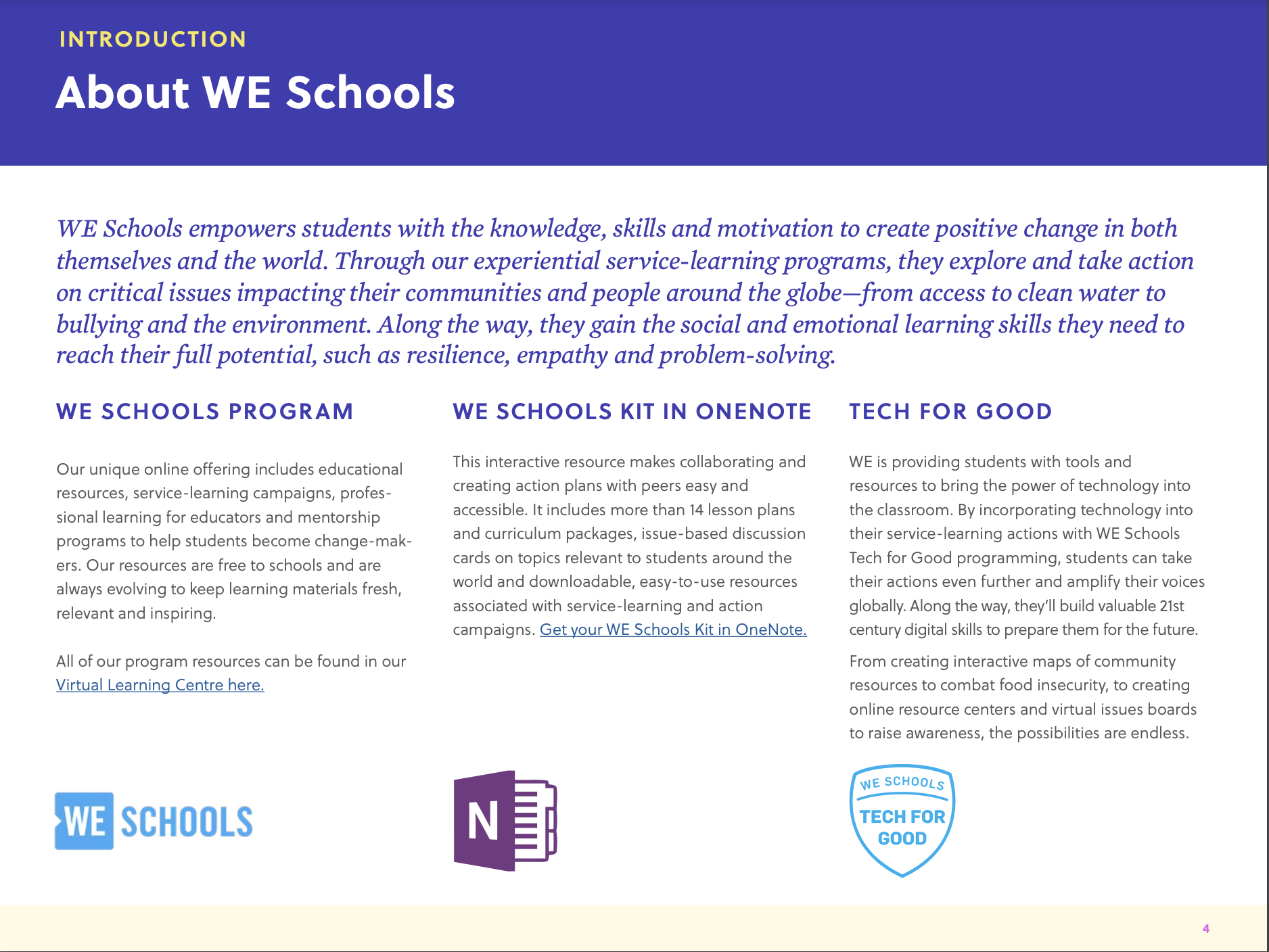
The tool that stuck out to me was the WE Schools Foundational Module, which helps teaches foster a safe and inclusive classroom. Educators talk a lot about how important it is the be inclusive and the benefits of it but sometimes fail to give actual strategies. This module gives tips on how to be supportive, as well as 5 lessons on how to create a caring classroom. For teachers who may struggle with coming up with ideas, this module is the perfect starting point to change their classroom for the better. On the other hand, for teachers who may have become indifferent of students or fail to make changes in their classroom, this module can help them come to understand the importance of inclusion and how WE is helping ensure its success.
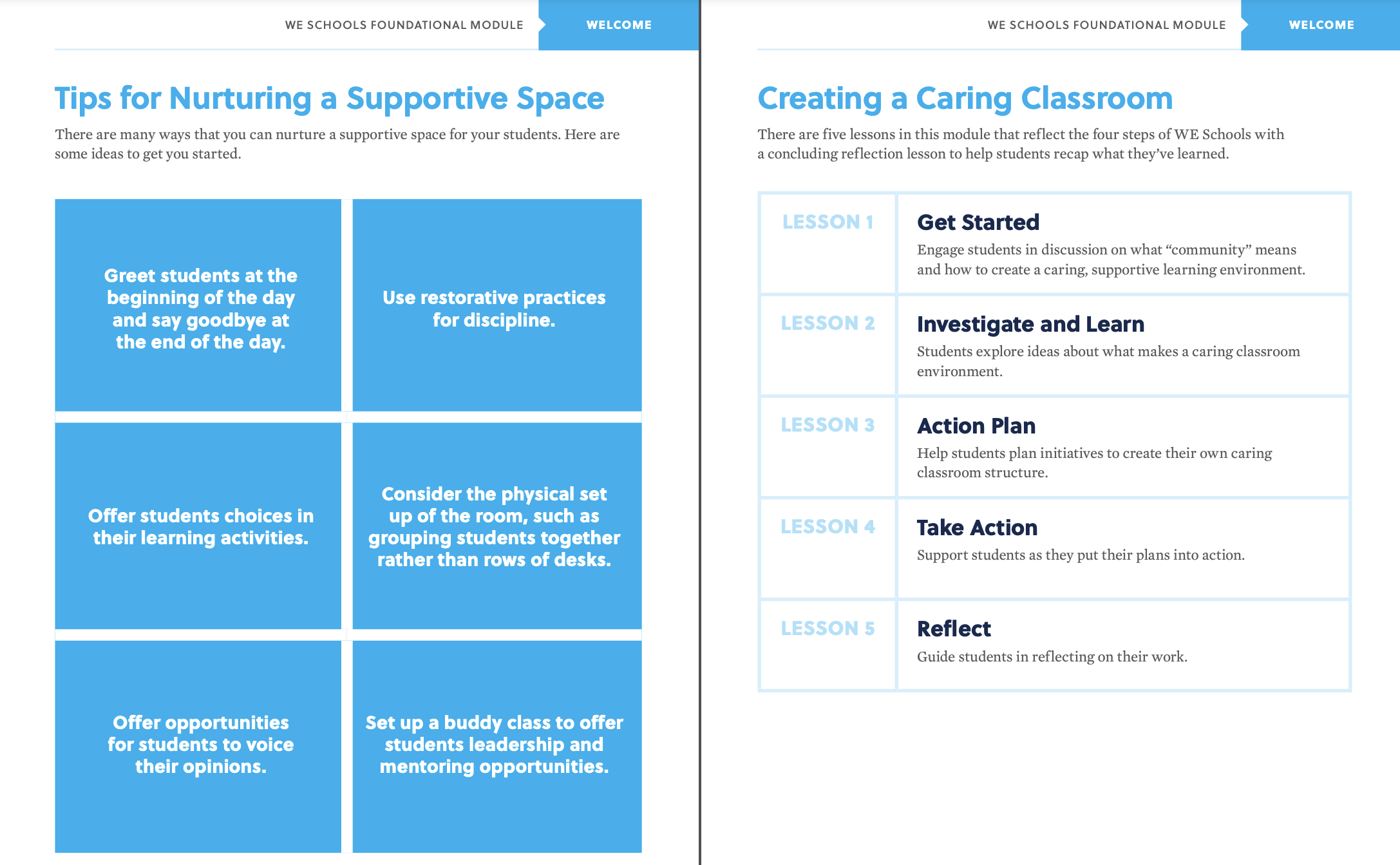
The WE Charity exists to only help make the world a better place and students in our schools are the future benefactors and contributors to it. As a teacher, it is our responsibility to help foster inclusion in our classrooms; the foundational module is where it starts.
HyperDocs for All
After creating the Google Map for one of this week’s assignments, I started to get a sense of the background work a teacher does for their classes. HyperDocs is one of the ways teachers set up projects, lessons, and even study guides for exams. Little did I know, I have been using them for almost a year now, on the student side of course.

Hyper Docs are a great way to invoke collaboration in an increasingly digital world. They operate outside of time, meaning a student can open one whenever they choose to do so. This can alleviate timing issues during a group project if per say the members can not all meet or do work at the same time. That last part can be applied to any collaborative document, but nonetheless is a major bonus of a HyperDoc.
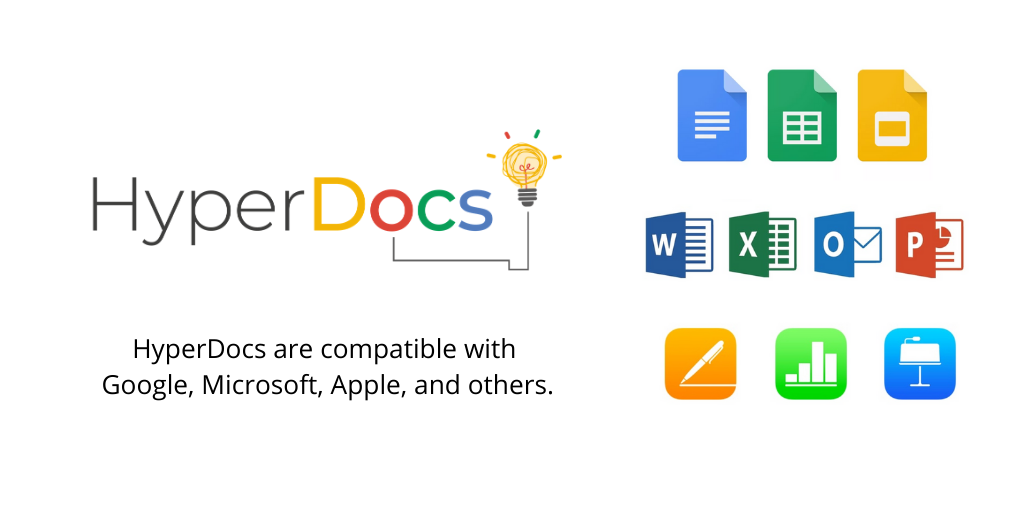
I think what makes a HyperDoc so great is the endless amount of links one can include and the creative way to do it. On the HyperDoc SlideShow I viewed, the author linked a google doc to a strawberry. The design of a HyperDoc is almost as important as the information in it. How a teacher organizes a HyperDoc determines the mindset of the student, as well as reflects on the teacher’s pedagogy. The only possible drawback to using a HyperDocs could be becoming acclimated to them. There is a lot of moving parts which are very intricate, and for teachers who are not used to them, or proficient with technology in general, may have difficulty using them in their classrooms. In the event a teacher makes a mistake or there is something glitchy about it, I said before, they can be edited and added to at any time, which also means teachers can be inclusive as they need to depending on the students using them.
All in all, HyperDocs are becoming a pillar of 21 century education, and I will absolutely be using this tool in my classrooms.
A Trip to the Louvre

In 2018, I studied abroad for my first semester of college and I took a trip to Paris for a weekend, with one of my stops being to the Louvre. We did not choose to go inside due to the amount of people in it, so I decided a virtual tour would complete my experience there.

Looking at the tour options, the last name I expected to be on there was Darth Vader, the iconic bad guy from Star Wars. The exhibit was on heroes and monsters from folk tales and myths throughout history. The design of the gallery was to invoke tension, conflict, deep thought, and a sense of rising to action, all aspects of what makes a hero, a hero. The types of lighting helped to set the mood of whatever a hero was going through, whether it be overwhelming darkness, a little bit of light or dark, or even complete brightness. It simulated the conflict a hero encounters throughout their story, implying the viewer/visitor is a hero in their own light. This exhibit makes people look to heroes for inspiration, giving them hope that they can be heroes in their own lives. because even though heroes are great and powerful beings, they have their flaws, just like everyone else.
No Ridicule for Subtitles
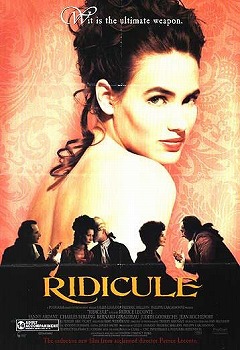
Netflix is known for its endless amounts of tv shows, movies, documentaries, etc., but what I never expected to find myself watching are programs in outside the english language. Granted, I have seen a couple shows and movies in high school for Spanish class, but never have I sought them out on my own volition. It started with Spain’s Money Heist, also known as La Casa de Papel, then arrived Squid Game from Korea, which has taken the world by storm as of recent. Both shows are in their native language, with english subtitles on screen. I thought it would bother me at first, but after watching both shows, the subtitles honestly feel natural, I don’t complain about having to read and hear.
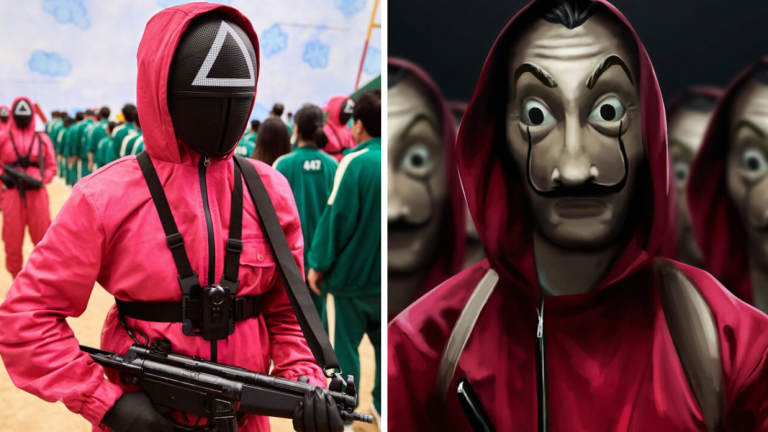
My friend had to watch a film for her History of Paris class, and it so happened to be in French with English subtitles. The timing could not be any better, and I figured it would be a better choice as I have never heard of it before, so I went into the movie with no expectations.
Right off the bat, the movie showed an invalid older person being purposefully urinated on by one of the characters, with the urinator telling a nurse the old man had an accident. I had never seen that displayed before on film, but it showed me how French in the 18th century would try to ruin one’s honor. The film is about reputation, something one needs in order to have any sort of chance at being successful in Versailles’ social circle. Having an accident on oneself is certainly embarrassing, so this opening seen is just par for the course as to what people will do to advance their own worth.
With the movie being set in the 18th century, things were obviously very different back then compared to now. They took horses, everywhere, wore large white wigs, and everyone had on fancy clothing like dresses or suits. Now we have roads, better transport, and fashion is for everyone. This was the norm in Versailles, and it played an essential part in the social game. The rich hung out in a place they called “court”, where the main character goes to in order to get a sponsor for his drainage project. He is from the swamps and is attacked in the city as soon as he arrives, but is taken in by the local doctor who helps him not only get better, but also teaches him how to thrive in Versailles’ elite society. One thing I noticed was that mugging is still common today, except it was way more dangerous back then as there was not as much medical help as there was today.

The most noticeable cultural difference was the prevalence of sarcasm which they all referred to as “wit”. The main character, Ponceludon, had to use this in order to secure funding for his project. This involved him hanging around with the King, Queen, and other nobles, and taking personal digs at those around to impress them. Most of the time, they were all at dinner or some sort of meal, and they would bounce sarcastic comments off each other in hopes of gaining the most laughter from the audience. Towards the end of the film, the main adversary to Ponceludon throws the shoe of another man into the fireplace while he was sleeping. The man awakens to find a shoe missing, which meant he was not allowed to enter the court. With no shot at getting royal backing for his own project, he proceeds to hang himself. This spoke volumes as to just how much reputation mattered in society, it was literally life or death. Nowadays, people recieve funding by showcasing data and statistics, not by trying to be witty.
Another underlying factor in this movie was the fact that in order to enter the court, one must prove their Lord lineage. If one could not, they were not permitted to enter the court. In today’s society, anyone has the space to talk and present an idea, especially one that benefits a community. Since wealth is also more spread out, the community itself can raise money, rather than having to resort to lobbying the government or another source of money.
All in all it was a great film, here is a link I have the movie. Be careful of the ads, as since it is a free website they are quite prevalent.
The World-Changing Translator
I am feeling very sick so fair warning this blog may seem lackluster, and if it does, I do apologize.

Growing up, there were plenty of fun questions we kids asked each other as part of our conversation, like “what superhero would you be?” or “would you rather fly or swim?”. They were fun to ask, as I could recall countless times envisioning myself flying through the sky or being Spider-Man. Microsoft took the question of “would you rather speak all languages or talk to animals?” and made it into a reality. Called “Microsoft Translator”, this program enables one to communicate with a person who speaks an entirely different language. As you can tell, it is a revolutionizing tool that is so practical and easy to use.
Microsoft Translator is so versatile, it can be used in a wide range of functions, including: one on one conversation, group conversation, and it can be used on a smartphone or desktop. As one person is speaking, the app can display the transcript of the speaker in whichever someone wants, and it also can use a voice feature that speaks the words of the speaker. In the classroom specifically, this feature’s duality is essential for those who may have trouble reading or hearing, for those who are disabled, and even those ESL or ELL students.
Being able to talk to someone from another language is so invaluable. With this app, we can connect with literally anyone in the world, which can help promote education for all and start to chip away at those SDGs from the UN. This app is leading the way on making the world a better place.
Sustainable Transportation for Sustainable Living
The 17 goals, championed by the United Nations, all work on coordination with each other, so it is hard to favor one out of the bunch. But to me, Goal 11 is the snowball to roll, but has the best effects once it gets rolling. As per the UN’s definition, Goal 11 is, “[To] Make cities and human settlements inclusive, safe, resilient and sustainable”. The world is obviously such a massive place, so to make such a large change like the UN is trying to achieve by oneself is nearly impossible; however, on the chance it is, the reach of accomplishing the goal is not that widespread. To be clear, that is not to say there is no value in smaller groups or individuals from trying to better the world. To make a sustainable globe, it takes a global effort, it takes everyone. It is easier to accomplish when everyone is on the same playing field, which is why creating sustainable living is so essential.
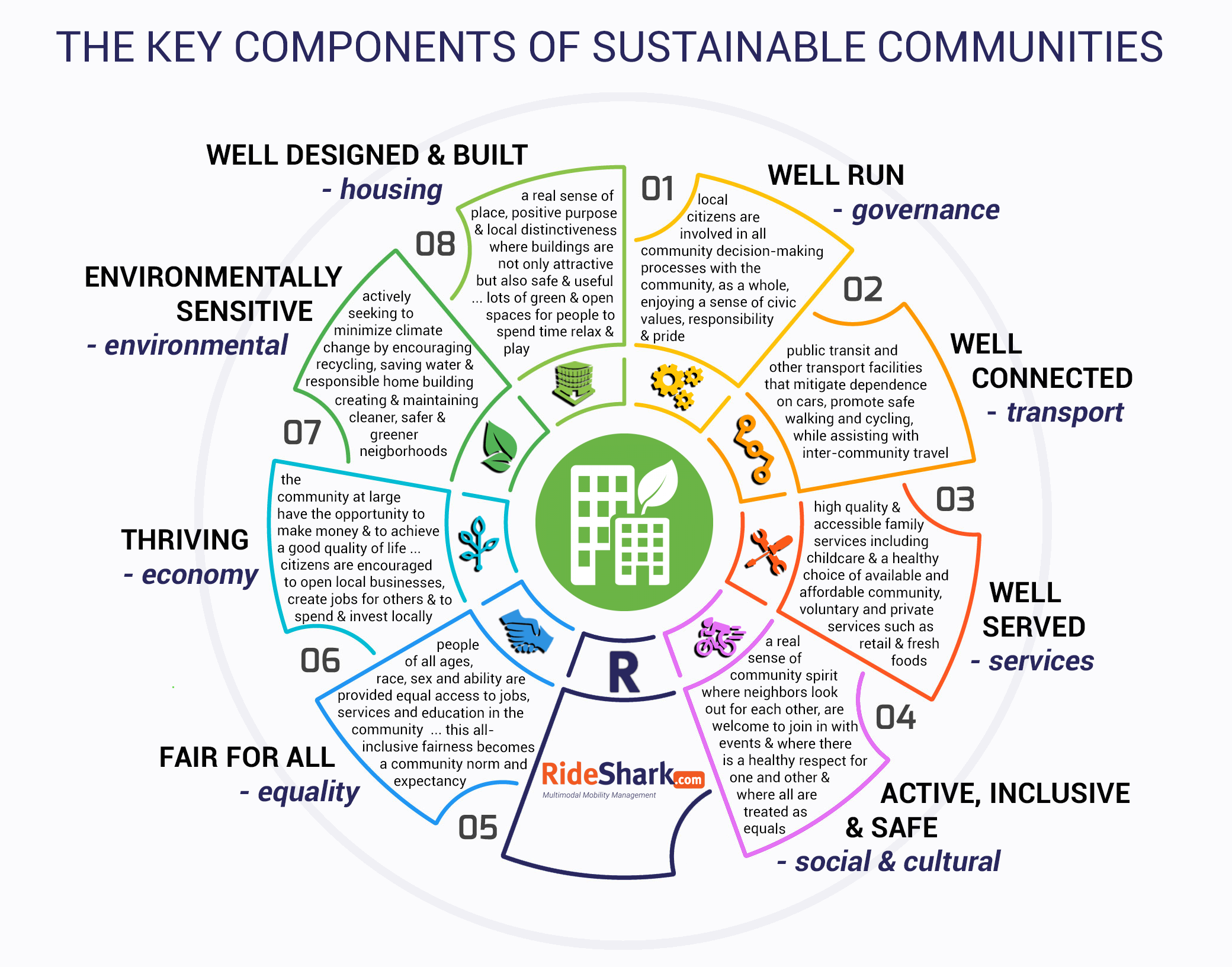
Before the pandemic hit, almost 1 billion people lived in slums, with most of them residing in parts of Asia and Africa. If that seems bad, about only half of the urban population in the world has access to public transportation. Imagine the numbers now; unfortunately it makes achieving the 2030 goals significantly harder, but they can still be done. 5 years ago in 2016, in Ashgabat, Turkmenistan, the UN held the first Global Sustainable Transport Conference. It was a success, with the attendees reaching the conclusion that sustainable transport is essential for maintaining the Sustainable Development Goals (SDGs). The rest of summary of the conference can be found here. In a few days, the next summit will in Beijing, China, which will be another opportunity to discuss challenges and solutions to achieving worldwide sustainable transport. While on paper transport and living are different, in practice they can not function without the other. Roads are no good without places to go to, and places can not be reached and developed if there are no roads to navigate.
The World’s Largest Lesson

A large part about being a teacher is figuring out what to do with content and how to get the students to learn it. Creating lessons is the way to do that, as these are what drive the class each and everyday. The World’s Largest Lesson provides free resources and lesson plans for teaching the UN Sustainable Development Goals. The website also includes ideas for student action plan proposals. They are big on creative learning tools and action based instruction that ensures all students can learn in the classroom.
Partnered with UNICEF and UNESCO, they advocate for Education for Sustainable Development and encourage the widespread use of the Goals through formal education systems. They also work with a wide span of different agencies throughout the world, ranging from the United Nations to local youth groups. According to their website, since 2015 they have brought the Global Goals to children all over the world. In 2019 they reached 17.9 million children located in over 160 countries. With such a wide reach, they provide over 30 languages to choose from when using their resources.
I think this tool is invaluable to the classroom, on the small scale and even the larger global one. Their mission and goals are admirable, and their determination and drive is shown through their work. I will for sure be using this in my classroom, as I believe that education should be for everyone everywhere. If you want to learn more about the World’s Largest Library, check out their website. If you want to learn more about their campaigns, check this link. For resources click here, for their impact here, and lastly to see about their partnerships, click here.
Thanks for reading, I hope you enjoyed. See you next week!
Collaborating on Quizlet
About halfway through my first high school orientation day, the guidance counselor made us download an app called quizlet to our iPads, one I had never heard of before. I was not a fan of it at first, there was nothing giving me a reason I should use it, so I dismissed the app, thinking it would be something I would never use to help me study. Yet here I am, 6 years later, blogging about it, as well as creating study guides for myself and the students I observe for my fieldwork.
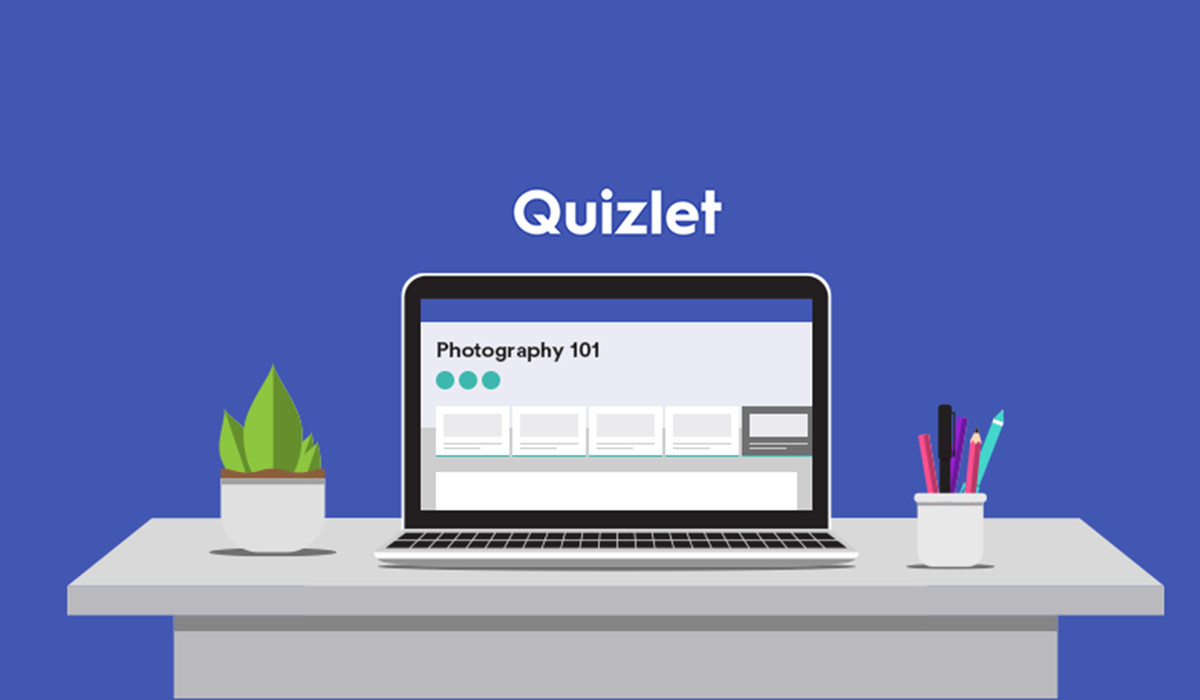
Quizlet, in a simplified form, is an application that is geared toward creating and using all different sorts of study tools and habits for students and teachers alike. While one can create study sets for themselves, the site contains an innumerous amount of study sets from anyone who publishes them. The site contains content from all subjects of all grades, the depth and variety is huge. This can provide an opportunity for students to work together by building a study set the entire class could use. Quizlet uses study sets that can test the user in various ways like multiple choice, true/false, and short answer. This testing is a feature called Quizlet Learn. But perhaps Quizlet’s most prized study tool is Quizlet Live.
Quizlet Live is the most classroom-engaging study tool the site has. I did not know it existed until my mentor teacher used it on his classes, and the response from the room was amazing. Similar to Kahoot, another fun classroom tool, Quizlet Live is in real-time, pairing the students against each other in a race to complete the study set they are using.
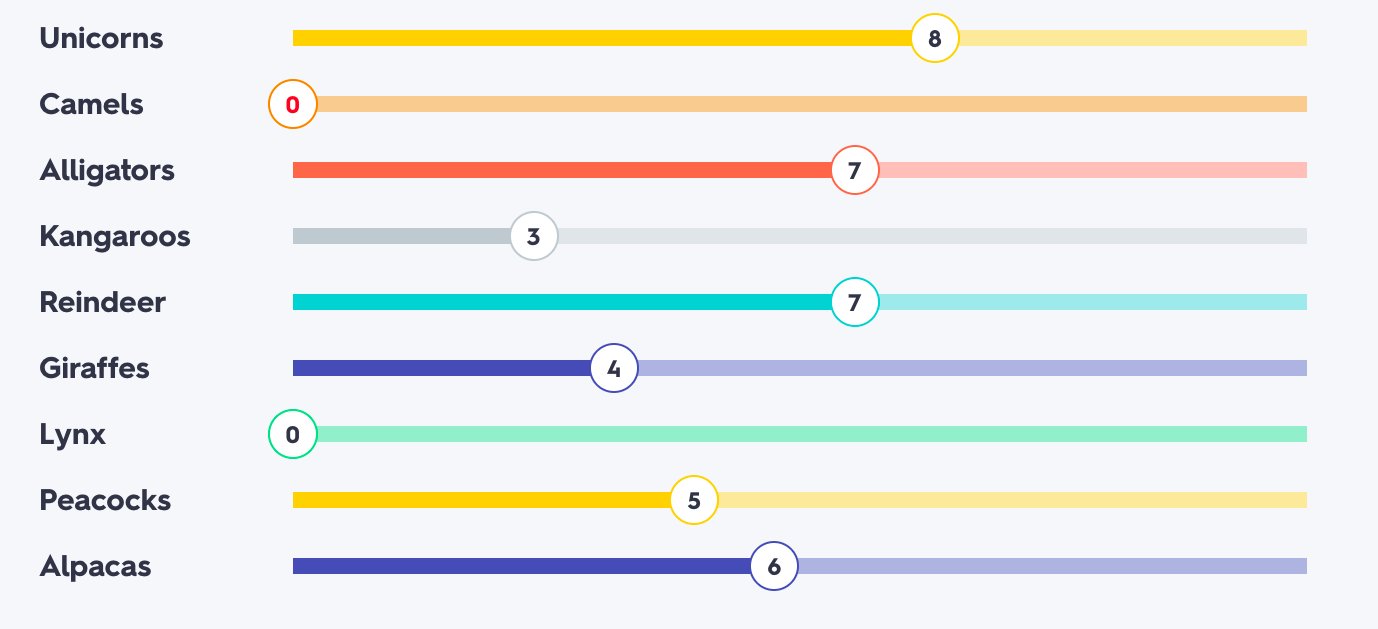
Image Creds: Dr. Jessica D. Redcay
Twitter: @RedcayResources
It can be individual or teams, and the latter is where the most collaboration is seen. It is competitive and all about the coursework in the study set. This encourages the students to learn the material and they end up pushing each other to understand it in order to win. The best part about Quizlet Live is that everyone has an equal chance to play and win. It does not matter if the student is an athlete that competes regularly or if it is a student who favors Drama and clubs. The reason Quizlet Live is such a great tool is because win or lose, the students understand how to learn and work together, which provides them with great experience of teamwork.
If you enjoyed this blog let me know on Twitter: @schnick0414
Want to see Quizlet Live in Action? Check out a few of these clips below from teachers on Twitter as well!

Recent Comments